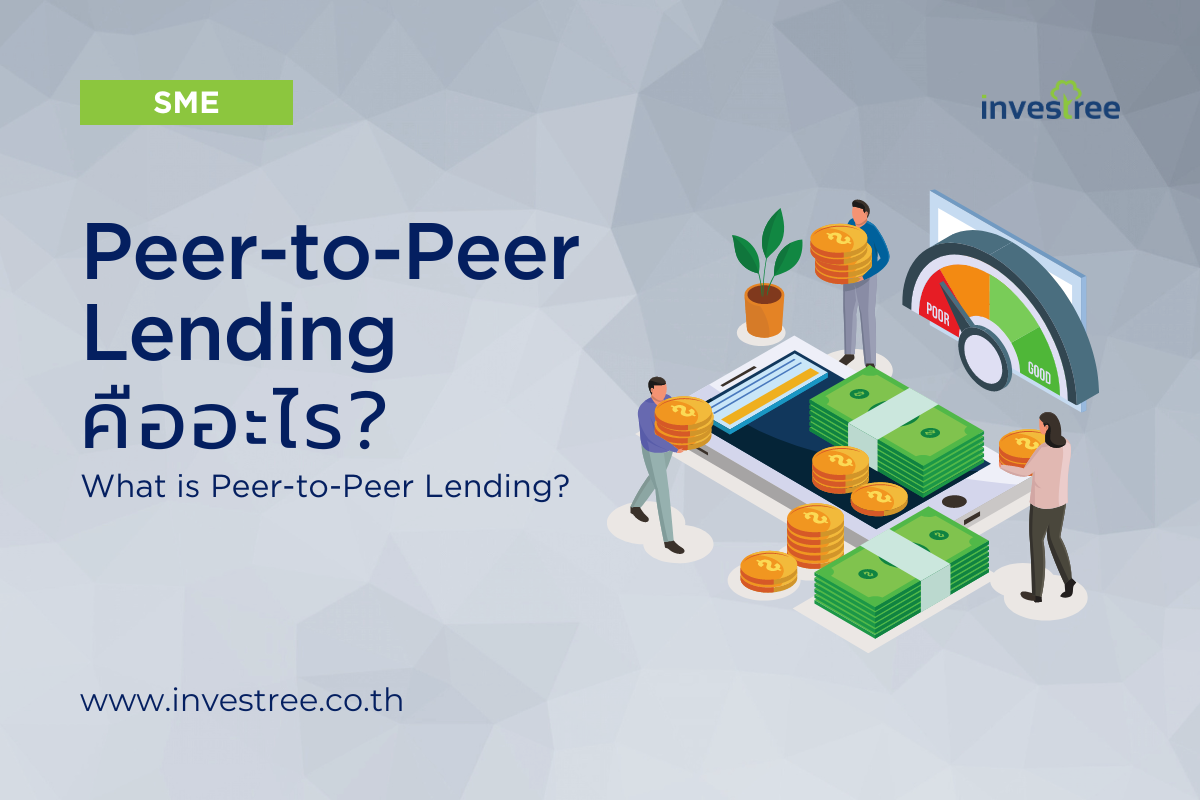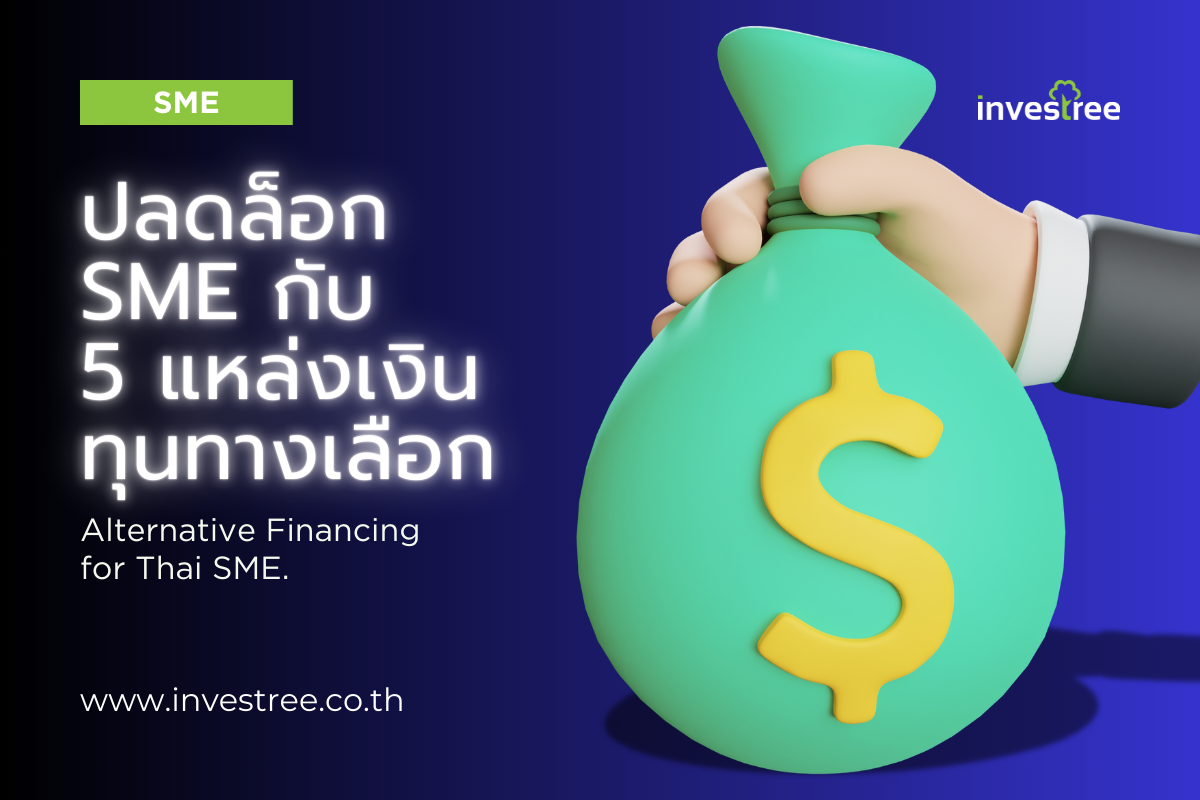The Power of Crowdfunding: Who It's For and How It Can Help Your Business
Crowdfunding is a method of raising funds from a large number of people, typically through an online platform. The funds can be used to support a variety of projects, from creative ventures to social causes and business startups. There are four main types of crowdfunding, which are
- Reward-based crowdfunding: In this type of crowdfunding, backers contribute money to a project or venture in exchange for a reward or perk. Examples include Kickstarter, Indiegogo, and GoFundMe.
-
Equity crowdfunding: In equity crowdfunding, backers receive a share of the business or project they are funding, making them investors in the venture. Examples include Crowdcube, Seedrs, and Fundable.
-
Donation-based crowdfunding: In this type of crowdfunding, backers contribute money to support a social cause or charity without receiving any rewards or equity in the project. Examples include JustGiving and Crowdrise.
-
Debt crowdfunding: In debt crowdfunding, backers lend money to a business or individual in exchange for regular interest payments and repayment of the principal amount over time. Examples include LendingClub, Prosper, and Kiva.
Here are some examples of individuals and groups that can benefit from crowdfunding
-
SMEs, entrepreneurs and startups: Crowdfunding can provide a way for SMEs, entrepreneurs and startups to raise capital without going through traditional funding sources, such as banks or venture capitalists. This can help to launch new businesses and bring innovative products to market.
-
Creative professionals: Crowdfunding can help artists, musicians, filmmakers, and other creative professionals to fund their projects and connect with their audiences. This can provide opportunities for them to create their work on their own terms and build their fan base.
-
Social causes and nonprofits: Crowdfunding can help social causes and nonprofits to raise funds for their projects and initiatives. This can help to support important causes, such as education, healthcare, and disaster relief.
-
Individual fundraisers: Crowdfunding can provide a way for individuals to raise funds for personal needs or emergencies, such as medical bills, education, or community projects.
-
Investors and backers: Crowdfunding can provide an opportunity for investors and backers to support projects and ventures that align with their values and interests. They can also potentially earn a return on their investment, in the case of equity or debt crowdfunding.
Crowdfunding is easy and here is an outline of how SMEs can get started
-
Determine the funding requirements: The first step is to determine the amount of funding needed and the purpose of the funds.
-
Choose the right crowdfunding platform: SMEs should research and choose the right crowdfunding platform that aligns with their funding needs and goals. Different platforms have different rules, fees, and target audiences.
-
Set the funding goal and campaign duration: SMEs should set a realistic funding goal and campaign duration that gives them enough time to reach the goal.
-
Prepare for due diligence: SMEs should be prepared to provide due diligence materials to the crowdfunding platform and potential investors, including financial statements, business plans, and other documents that demonstrate the viability and credibility of the business.
-
Fulfill the campaign promises: SMEs should be prepared to fulfill the promises made to backers, including the delivery of rewards, products, or services. They should also keep backers updated on the progress of the project and the use of the funds.
Overall, crowdfunding has become a popular way for SMEs or organizations to raise money and support projects, businesses, and causes. The type of crowdfunding used will depend on the nature of the project or venture, and the goals of the individuals involved.






